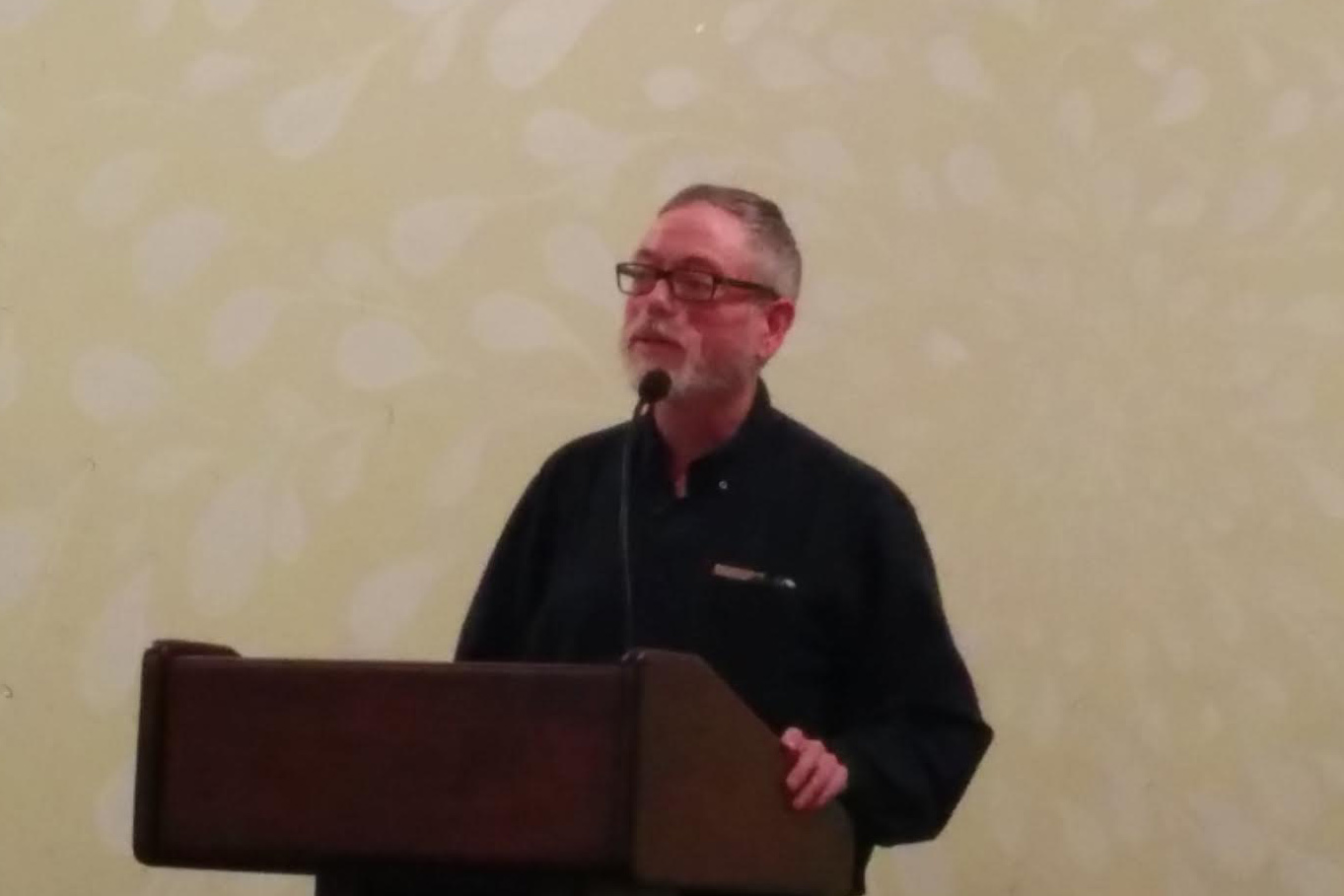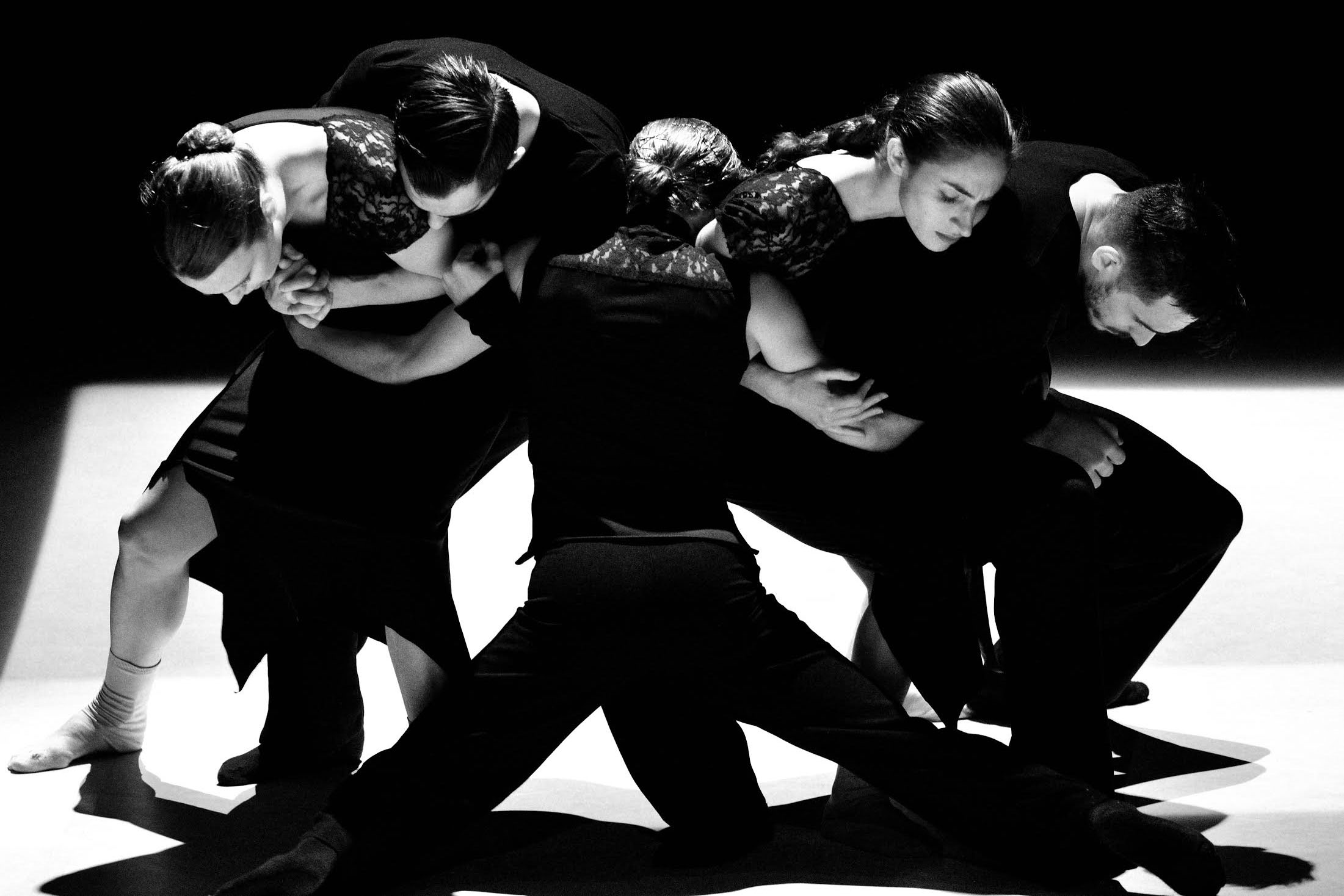The Portland Japanese Garden is holding an exhibition at the Center for Architecture to showcase their new plans for the Japanese Garden’s Cultural Crossing expansion from Feb. 4 to 29. It is a $33.5 million project scheduled to open next year, designed to create a cultural connection with Japan.
“The purpose of this exhibit is to show you what they’re doing and what some of the materials are. It’s a hands-on exhibit; you can touch anything,” said Mary Dickson, volunteer guide and 14-year Portland Japanese Garden staff member. “You’re welcome to touch and get a sense of how your senses are going to be used.”
The exhibit is a multi-sensory experience. You can touch a mossy, 400-pound block of Baker Blue granite, the stone that will be used to build a castle wall. You can sit on a bench made of silky, bundled Port Orford cedar, reminiscent of a machiai in a Japanese tea garden. And you can hear the tranquil sounds of water gently falling as you follow an intentionally winding path through the display.
Dickson explained that when you go into a Japanese home, garden or temple, you don’t go straight in the way you might in America, because it’s a different layout.
“Things are seldom done in a straight line,” Dickson said. “That’s done very specifically because it takes you away from the crazy street life and the crazy world we live in and puts you in a different space, literally.”
There are sudare bamboo screens hanging from the ceiling and tatami mats. A tea platform also hosts periodic tea ceremony demonstrations, an exercise in simplicity and ma, positive emptiness.
There are projected images, construction drawings, and 3D models that illustrate the new LEED-certified buildings constituting the International Institute for Japanese Garden Arts and Culture, all designed by the world-famous architect Kengo Kuma, who was just selected to design Japan’s National Stadium for the 2020 Tokyo Olympics.
This is Kuma’s first public commission in the United States, a venture that started eight years ago when Steve Bloom, the Japanese Garden’s CEO, invited him to give a lecture in hopes that he’d agree to take on the project.
This exhibit emphasizes Kuma’s philosophy: continuity between nature, natural materials and Japanese tradition.
“His architecture has always been incorporating the outside and building buildings that melded with the outside, built with nature, so they flowed into nature,” said Aphra Katzev, another volunteer guide.
Balazs Bognar is the design director at Kengo Kuma & Associates and the exhibit’s curator.
“Kengo Kuma is known for connective spaces, often putting nature and the human experience first,” Bognar said in the Japanese Garden’s press release.
The theme of tsunagu and connection refers not only to our relationship with the natural world but to our relationship with Japan. The expansion is called a cultural crossing to represent the intersection of our culture with Japan’s, and more specifically with our sister city, Sapporo.
The Japanese Garden strives to create a space that honors Japanese tradition. Many of its gardeners are trained in Japan, and the Journal for Japanese Gardening recently rated it one of the best in North America.
“They’re really trying to keep it authentic, keep it cultural and keep it meaningful,” Dickson said.






